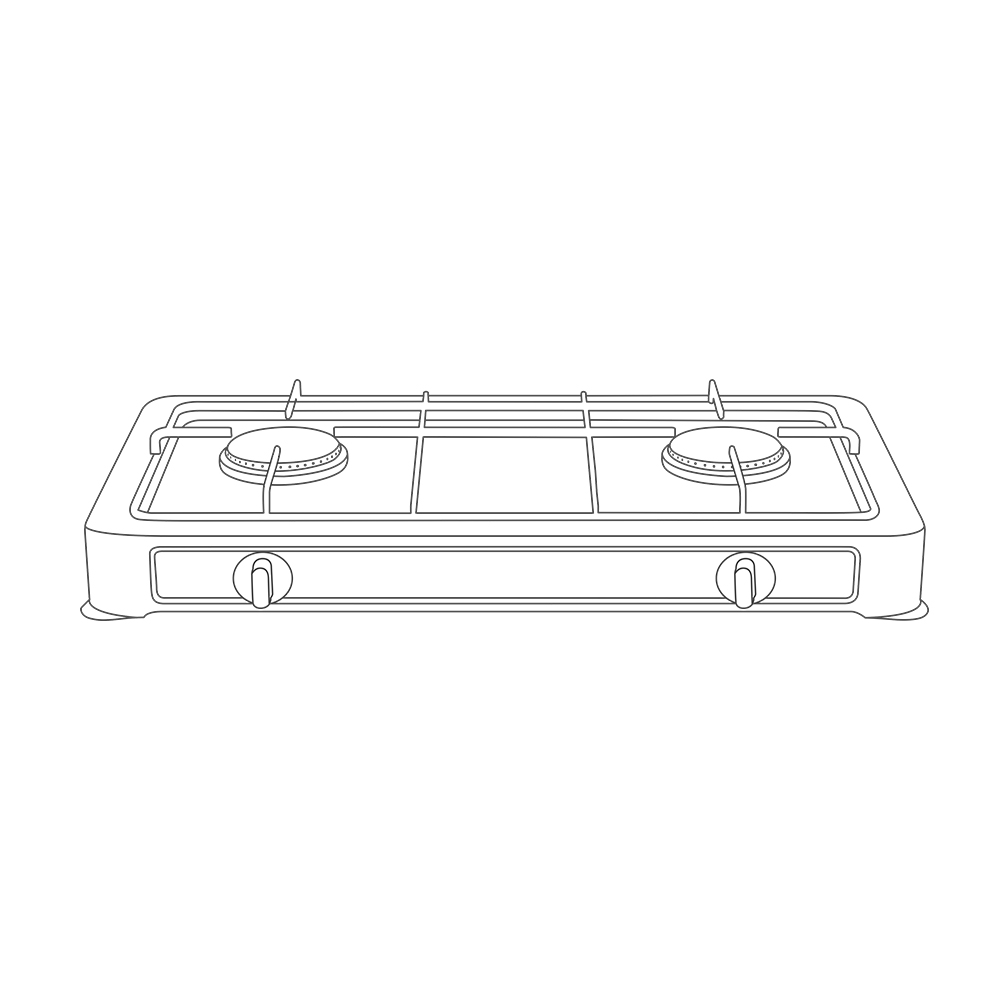Understanding Tankless Gas Water Heaters: Benefits, Sizing, and Energy Savings for Modern Homes
Tankless gas water heaters, also known as on-demand or instantaneous units, provide hot water only when needed, eliminating the energy losses associated with traditional storage tanks. Research suggests they can reduce energy bills by 20-40% in average households, depending on usage and model efficiency, making them a popular choice for eco-conscious homeowners. However, factors like initial cost, gas line requirements, and regional climate can influence suitability.
Core Benefits and How They Work
Tankless gas water heaters operate by igniting a burner to heat water as it flows through a heat exchanger, delivering endless hot water without a storage tank. This design saves space (often wall-mounted) and reduces standby energy loss, which can account for up to 20% of a traditional tank's energy use.
They're compact for tight spaces and offer steady hot water, ideal for wholesalers stocking for family homes.
Selection Criteria: Sizing and Features
Calculate total GPM from fixtures like showers (2-3 GPM) and sinks (1-2 GPM). Add temperature rise (e.g., 77°F in cold climates) to pick BTU rating.Undersizing leads to cold spots; multiple units work for high demand.
Real Energy Savings
A family of four could save $95/year vs. standard tanks, or $1,800 over the unit's life, per ENERGY STAR data. Look for UEF ratings; higher means better ROI for your brand's eco lines.
Installation Essentials and Maintenance Tips
Installing a tankless gas water heater typically requires a licensed plumber to handle gas connections, electrical wiring (for controls), and proper venting (e.g., stainless steel pipes for corrosion resistance). Steps include mounting the unit, upgrading gas lines if needed, and testing for leaks. For brands and importers, providing an approved installer list and installation guides in local languages greatly improves customer satisfaction.Yearly flushes prevent scale; pros every 1-2 years keep efficiency up. For brands, these low-upkeep features mean fewer returns.
Comparing to Traditional Options
Pros of tankless vs tank: higher efficiency (20–40%), endless hot water, smaller footprint, longer life.
Cons: higher upfront cost, potential need for gas line/vent upgrades.
For distributors considering warranty exposure and returns, tankless units can reduce long-term service costs but demand stronger pre-sale sizing and installer networks.

Emerging Innovations
Recent trends that matter to buyers and brands:
Condensing technology pushed into more compact formats for higher seasonal efficiency.
IoT & remote diagnostics for predictive maintenance and warranty control.
Modulating, low-NOx burners to meet stricter emissions rules.
These innovations help brands reduce warranty claims and offer premium SKUs to different market tiers.
This highlights edges for customization. Tankless align with 2025 efficiency trends, but match features to clients—OEM for tailored boosts.
For suppliers like Greaidea (25+ years in OEM/ODM), insights mean reliable models like Air-Cooled JSC-CT3W/B (AI, V-burners) or Flue Duct Gas Water Heater JSD-D4, with safety and easy parts.
Greaidea Tankless Solutions (a practical partner option)
For OEM/ODM buyers seeking a factory partner for tankless gas water heaters, Greaidea brings practical advantages without a hard sell: over 25 years' experience in gas appliance manufacturing, support forced-exhaust, flue, and outdoor models.
Key benefits Greaidea offers:
Custom options: burner modulation, control interfaces, branding and packaging.
Compliance support: documentation and testing help for CE, SASO, and other approvals.
After-sales readiness: tech manuals, diagnostics, and installer training for local markets.
Planning your 2025 line-up? Request a technical chat and a spec pack from the Greaidea team. We'll help you size the right models for your market and map an onboarding plan—from pilot run to scale. Email:sales@greaidea.com












